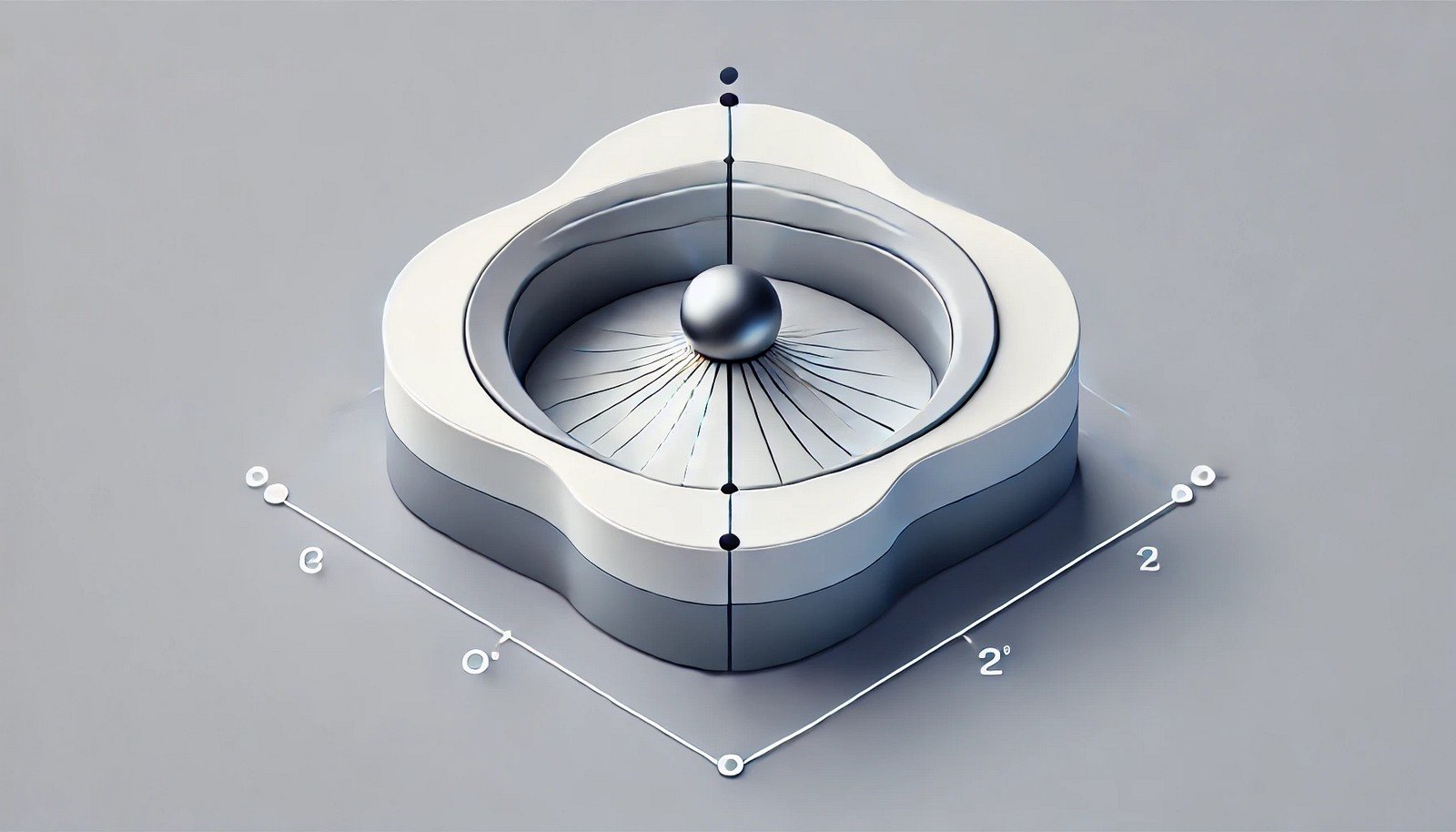Zero-Centered Gradient Clipping

Quick Navigation:
- Zero-Centered Gradient Clipping Definition
- Zero-Centered Gradient Clipping Explained Easy
- Zero-Centered Gradient Clipping Origin
- Zero-Centered Gradient Clipping Etymology
- Zero-Centered Gradient Clipping Usage Trends
- Zero-Centered Gradient Clipping Usage
- Zero-Centered Gradient Clipping Examples in Context
- Zero-Centered Gradient Clipping FAQ
- Zero-Centered Gradient Clipping Related Words
Zero-Centered Gradient Clipping Definition
Zero-centered gradient clipping is a technique used in machine learning, especially deep learning, to control the size of updates during backpropagation by setting limits on gradients in both positive and negative directions. This technique prevents excessive oscillations and ensures smoother, more stable convergence. By restricting gradients around a zero-centered threshold, models can better manage large updates, improving the training process and helping prevent issues like vanishing or exploding gradients in neural networks.
Zero-Centered Gradient Clipping Explained Easy
Imagine you’re running down a hill but are allowed to take only small steps, so you don’t stumble or lose control. Zero-centered gradient clipping works similarly: it allows the computer model to take small, steady steps, keeping it from “tripping” as it learns, even if it encounters steep changes in data.
Zero-Centered Gradient Clipping Origin
This technique emerged from the field of deep learning, as researchers sought ways to improve the stability of neural networks during training. It evolved alongside other techniques designed to prevent exploding or vanishing gradients, which were major challenges in training deep networks.
Zero-Centered Gradient Clipping Etymology
The term refers to setting gradient limits (or “clipping”) symmetrically around zero, keeping changes within a controlled range on either side of the zero-point.
Zero-Centered Gradient Clipping Usage Trends
The usage of zero-centered gradient clipping has increased with the popularity of deep learning models, particularly as training becomes more complex and networks grow deeper. The method is commonly used in recurrent neural networks (RNNs) and other architectures where gradient instability can be problematic. Many machine learning frameworks now incorporate it as a built-in option for gradient handling.
Zero-Centered Gradient Clipping Usage
- Formal/Technical Tagging:
- Machine Learning
- Deep Learning
- Gradient Descent - Typical Collocations:
- "zero-centered gradient clipping technique"
- "stabilize training with gradient clipping"
- "manage gradient magnitudes"
Zero-Centered Gradient Clipping Examples in Context
- By using zero-centered gradient clipping, the model’s training process became more stable, preventing sudden spikes in gradient values.
- Researchers applied zero-centered gradient clipping to improve the convergence rate of their deep learning algorithm.
- The neural network training stabilized after incorporating zero-centered gradient clipping, reducing both overshooting and oscillations.
Zero-Centered Gradient Clipping FAQ
- What is zero-centered gradient clipping?
Zero-centered gradient clipping is a technique to control the size of gradients in machine learning, especially in deep learning, by limiting their magnitude in both positive and negative directions. - Why is zero-centered gradient clipping important?
It helps prevent large gradient updates that can destabilize training and lead to issues like exploding gradients. - When is zero-centered gradient clipping used?
It’s typically applied in deep neural networks, especially those where gradient instability could occur, such as recurrent neural networks. - How does zero-centered gradient clipping differ from regular gradient clipping?
Zero-centered gradient clipping symmetrically limits gradients around zero, while regular gradient clipping might only set a maximum threshold. - What is gradient instability?
Gradient instability refers to situations where gradients become excessively large or small, affecting the model's learning process. - What are vanishing and exploding gradients?
Vanishing gradients make training very slow, while exploding gradients cause gradients to grow uncontrollably, leading to instability. - Can zero-centered gradient clipping improve training speed?
Yes, by stabilizing gradient sizes, it can help models converge faster. - Is zero-centered gradient clipping specific to neural networks?
Primarily, yes, though it can apply to other models facing similar gradient challenges. - What problems does zero-centered gradient clipping address?
It addresses both vanishing and exploding gradient issues, improving overall stability. - How does zero-centered gradient clipping affect the training process?
It makes training more controlled and smooth, often leading to more stable and predictable convergence.
Zero-Centered Gradient Clipping Related Words
- Categories/Topics:
- Machine Learning
- Neural Networks
- Gradient Descent
Did you know?
Zero-centered gradient clipping is essential in natural language processing tasks, especially with RNNs, where it prevents erratic gradient updates that could drastically affect text generation or language translation quality.
PicDictionary.com is an online dictionary in pictures. If you have questions or suggestions, please reach out to us on WhatsApp or Twitter.Authors | Arjun Vishnu | @ArjunAndVishnu

I am Vishnu. I like AI, Linux, Single Board Computers, and Cloud Computing. I create the web & video content, and I also write for popular websites.
My younger brother, Arjun handles image & video editing. Together, we run a YouTube Channel that's focused on reviewing gadgets and explaining technology.



Comments powered by CComment